The New White Lions of Kruger
First seen on the Singita concession in July 2014 (then said to be aged about 3 – 4 months), the unique white lion cub has since been spotted several times by those lucky few who have been patient and persistent enough to search for him on the S100 and S41 roads, east of Satara camp.
UPDATE: Scroll down to find out what the White Lion of Kruger looks like now.
Are white lions albinos?
No, they're not albinos. Rather they're leucistic. What's the difference, you may ask? Albinism occurs when there is a complete lack of pigmentation, producing the typical red eyes. By contrast, leucism is only a reduced amount of pigmentation: often the pelts are white, yet the eyes can be blue or their normal colour.
Both albinoism and leucism appear in most species (humans, animals, birds and reptiles), both are genetic and can only occur if one or both of the parents are 'carriers'. [See our earlier blog Is it All Right to be White? about a leucistic vervet monkey.]
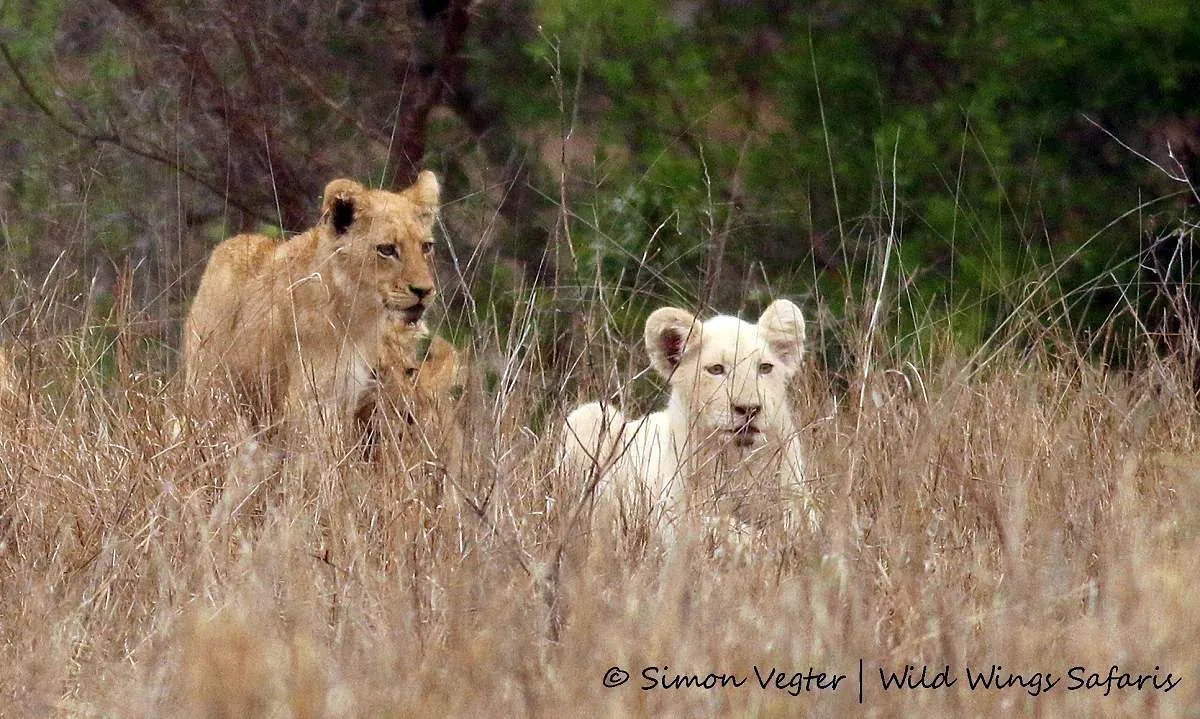
Tawny vs white lion cubs
However, for white lions to occur, both parents need to be carriers of the recessive 'white' gene. It's not uncommon for some of the cubs to be born normal or tawny and others white, depending on which gene was dominant.
Where do white lions come from?
According to ancient African tribal lore, the white lions have been seen in the Timbavati area (which borders the Kruger National Park) for hundreds of years. 1938 saw the first documented sighting of a white lion in the area.
In the mid-1970s, white lions were once again seen in the Timbavati and caused quite a stir locally and abroad. Several people recorded the story in books, the most famous of which is Chris McBride's “The White Lions of the Timbavati”.
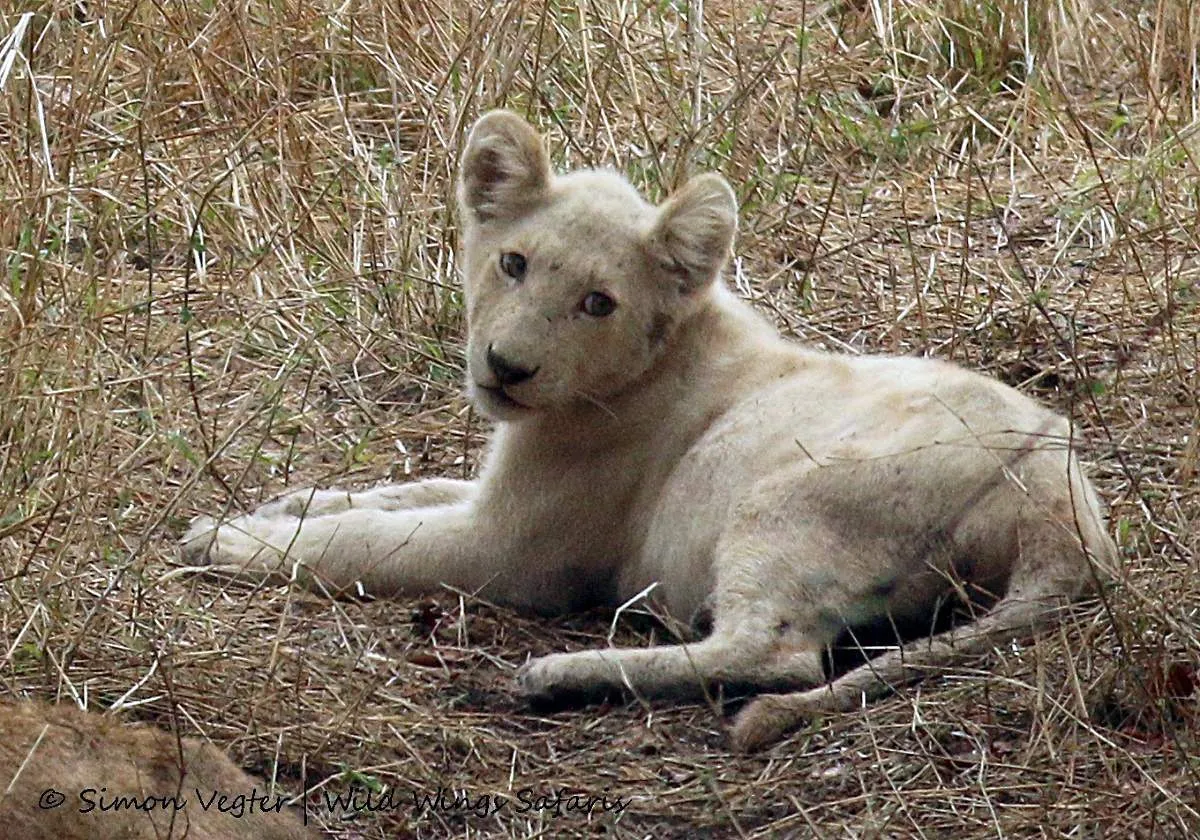
Satara white lion cub
In the 1990s, the white lions virtually disappeared or became dormant. In 2006, a pair of white cubs were born to a tawny lioness in the Umbabat Game Reserve on the northern Timbavati border, the first white lions recorded in almost 13 years. Since then, there have only been another 16 recorded births from five different prides.
Discovering 'new' white lions in Kruger National Park, some distance from the original Timbavati area is considered normal. It reflects the natural dispersal of lion away from the area of their birth.
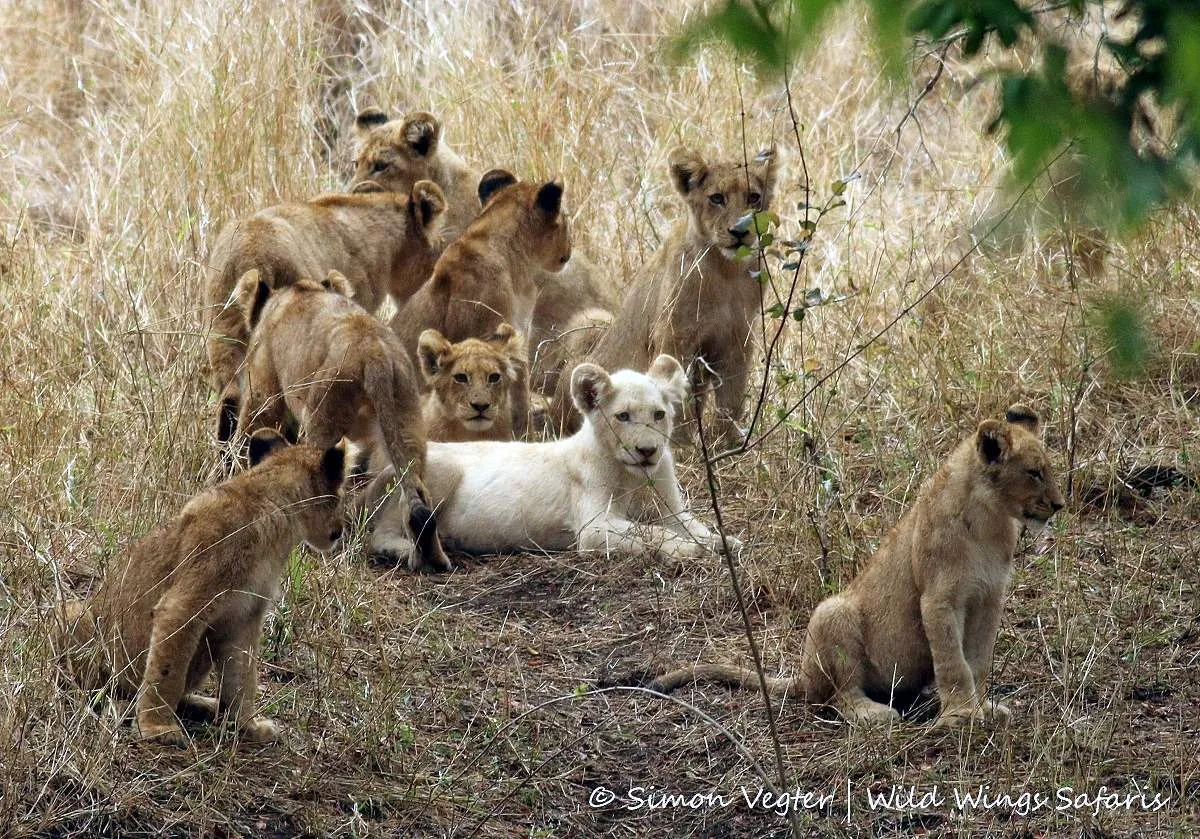
Standing out from the crowd
Amid renewed excitement, there's now been a second white cub seen with the Satara pride, which consists of 11 females and a coalition of five males, collectively taking care of 12 cubs born from four of the females. According to the White Lion Protection Trust, there are now 13 white lions living 'free' in game reserves.
Will white lions survive in the wild?
There are those who question whether white lions can survive and hunt successfully in the wild. This led to many white lions being relocated into zoos and hunting and breeding camps.
Generally, lion cubs have a high mortality rate – regardless of their colour. Often, they succumb to other predators or other lions, particularly during a pride takeover by the new males. Perhaps, white lions 'stick out' more and pose a higher risk.
However, those who do make it to adulthood have proven to be successful hunters. Some even say that their prey is often confused by their 'whiteness' and may not even realise that they are lions, making hunting even easier for them.
Are white lions mythical creatures?
In the ancient tribal lands of the Timbavati, white lions are revered as spirits of deceased kings by the local Tsonga people. They are said to be imbued with spiritual powers. In yet other myths, they are said to be the children of the sun god sent to Earth as divine gifts.
Oral traditions (recalling much of African traditions and history) mention the special birth of a white lion, heralded by a star that fell to Earth, during Queen Numbi's reign more than 400 years ago. There are also some who claim that white lions are a different species altogether.
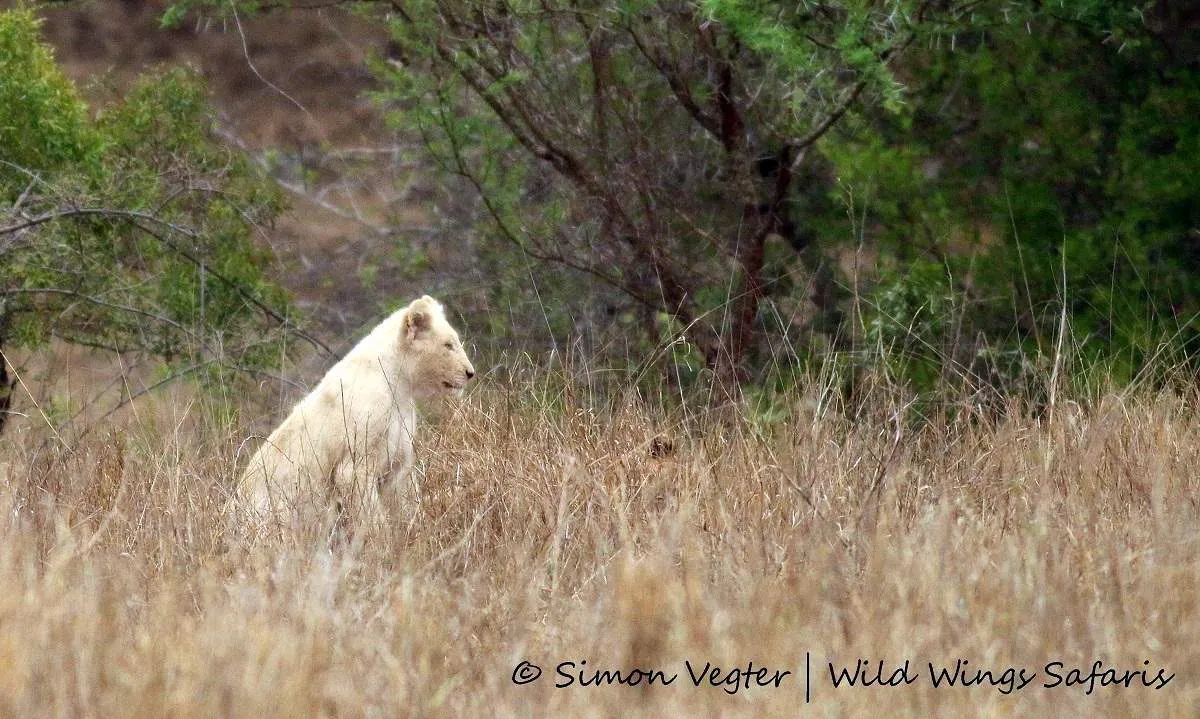
New Kruger Park white lion cub
These are all myths, of course. But what is certain is that white lions are an incredibly rare and special sighting, whether in the Timbavati Game Reserve or in the Kruger National Park. Our senior guide, Simon, has been fortunate to capture these photos of Kruger's latest white lion cub, which appears to be healthy and doing well, having already survived the most critical first few months of a lion's life.
What are your thoughts? Have you ever seen a white lion? Was that in a zoo – or in the wild? Please share your experiences with us in the comments below.
UPDATE
We are happy to report that since writing this blog in 2015, we have spotted the White Lion of Kruger numerous times on our game drives in Kruger National Park. Take a look at how he's been doing below.
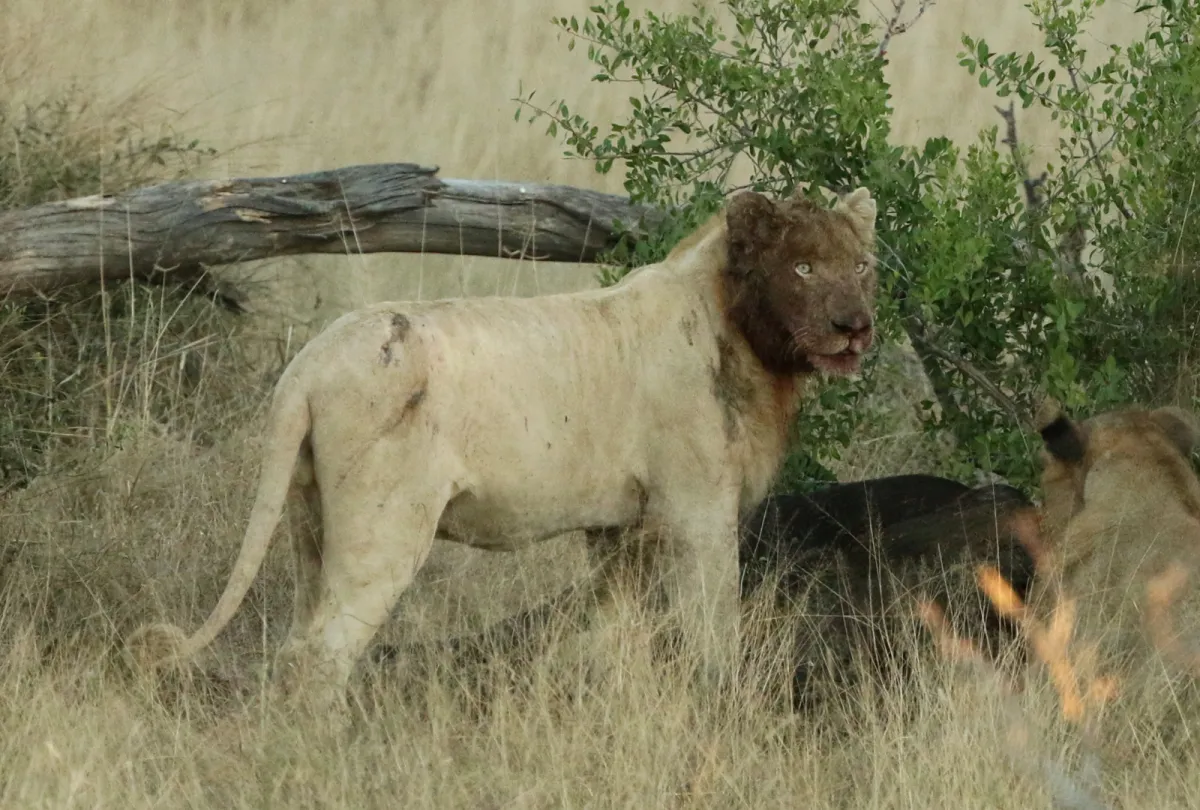
13 May 2019
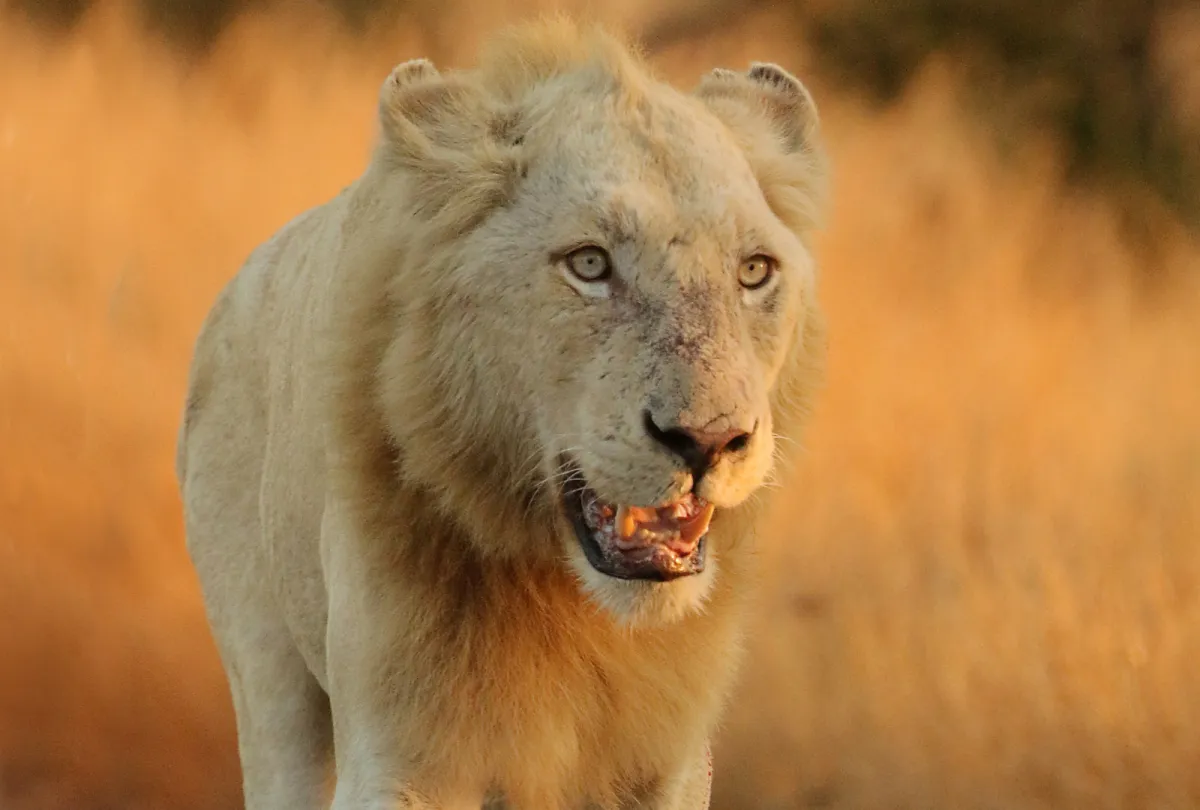
13 June 2019
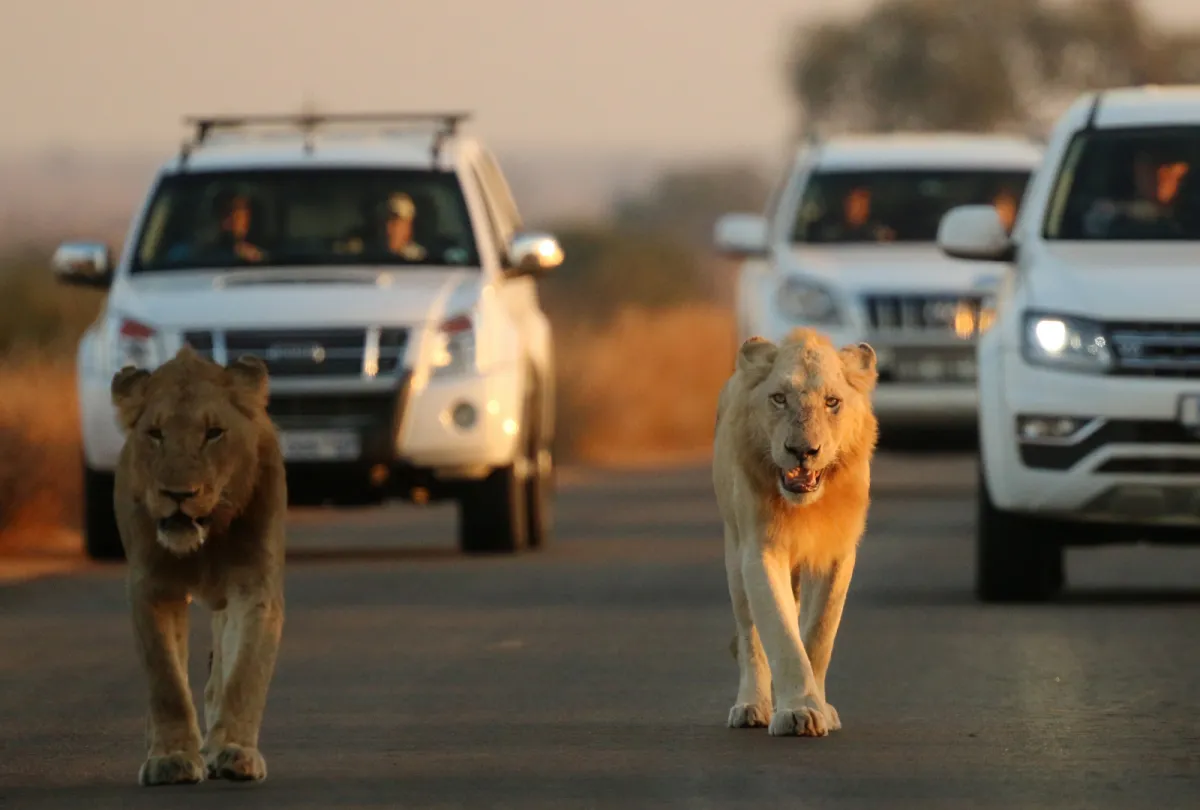
13 June 2019
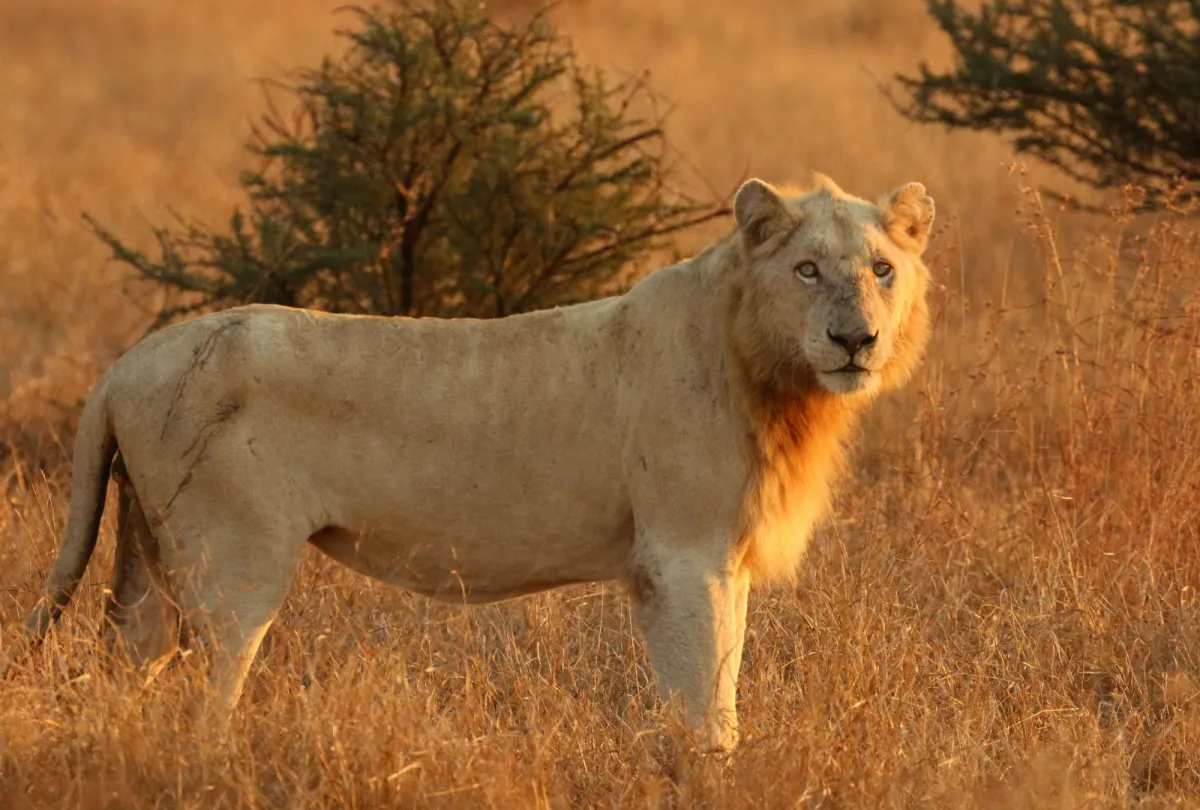
13 June 2019
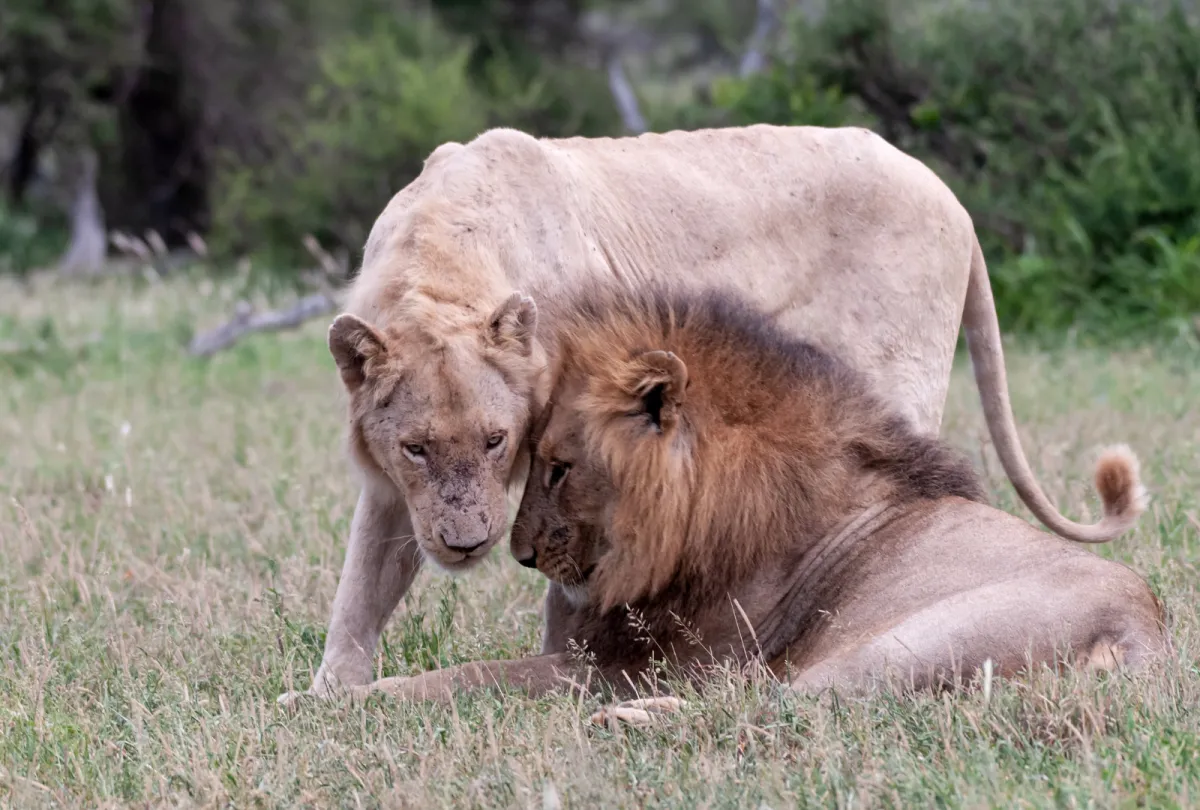
5 January 2020
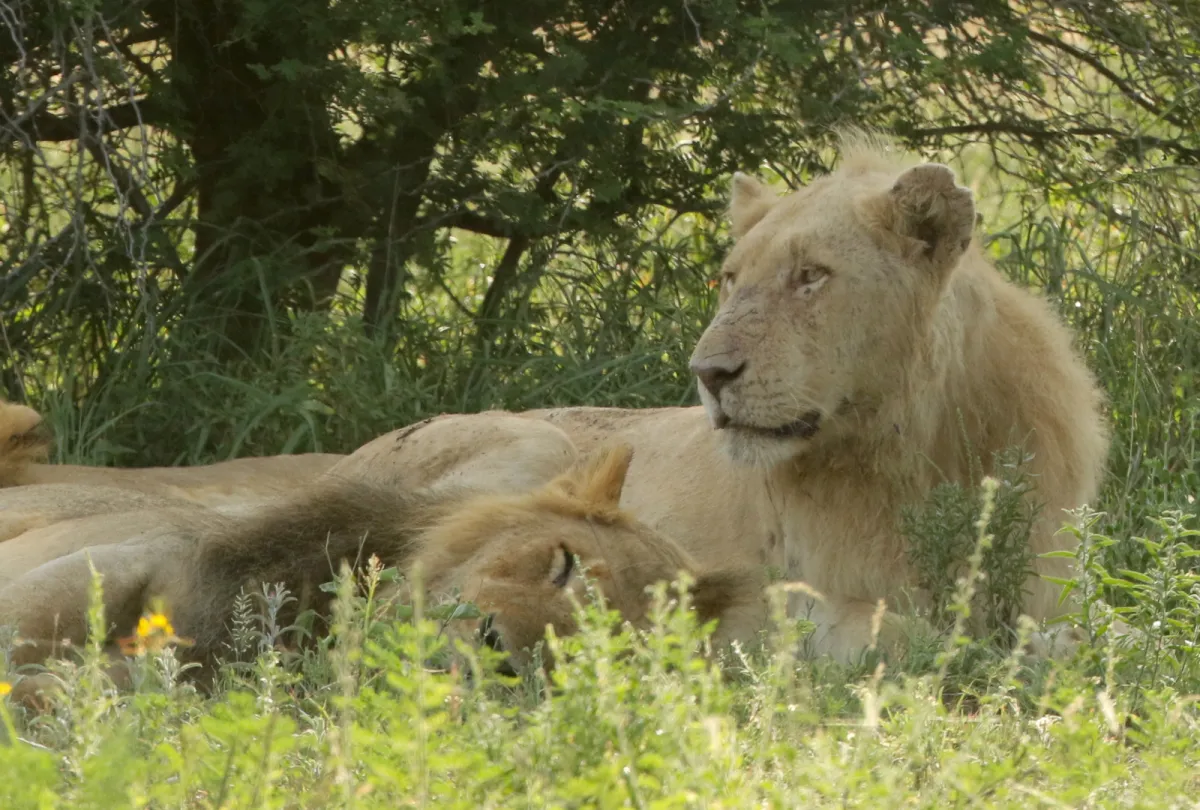
9 January 2020
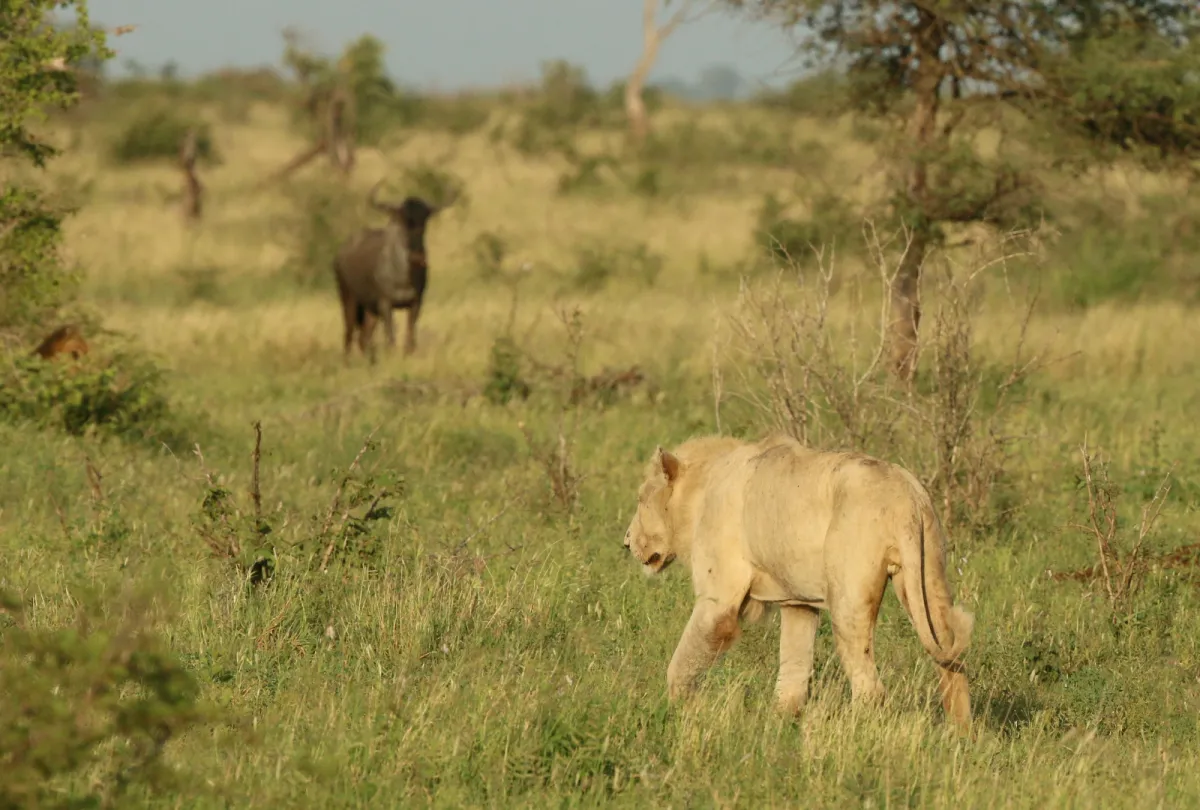
30 January 2020

13 May 2022

14 October 2022

19 December 2022
You may also want to look at
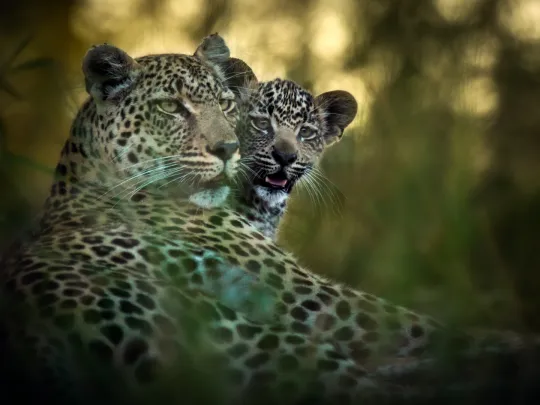
Why Timbavati Game Reserve?
What makes Timbavati Private Game Reserve special? Of the countless wildlife safari destinations across Africa, the first-class game reserves in Greater Kruger are some of the best. Here's what sets Timbavati apart from the rest.

Fine Art Wildlife Photography: An Interview with Wim van den Heever — Wildlife Photographer of the Year 2025
"I wouldn't call it a passion. It's way beyond that." South African wildlife photographer Wim van den Heever, recently crowned Wildlife Photographer of the Year 2025 by the Natural History Museum, London, shares his lifelong journey into fine art wildlife photography, his artistic philosophy, and what it truly takes to capture the soul of the wild.
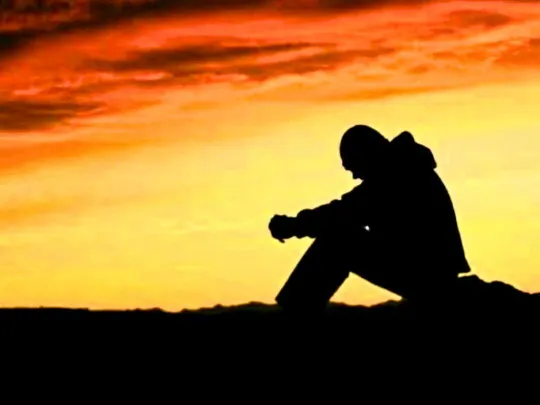
South Africa's Lockdown Through the Eyes of a Nature Guide
In response to the COVID-19 pandemic, South Africa went into lockdown. The result was devastating. Overnight, visits to national parks and game reserves stopped, safari lodges closed their doors and millions of people lost their livelihoods. One of those affected, wildlife guide Frank Watts, put pen to paper and documented his emotional experience of life in South Africa during the lockdown.
About the author

A 'word smith' or copywriter with over 25 years experience, love travelling, wildlife and conservation; fascinated by alternative energy, alternative building and alternative health. Consummate reader and traveller, both internationally and southern Africa. Have two remarkable daughters that continue to amaze and teach me daily. Consider myself privileged to live on the best continent on the planet.









